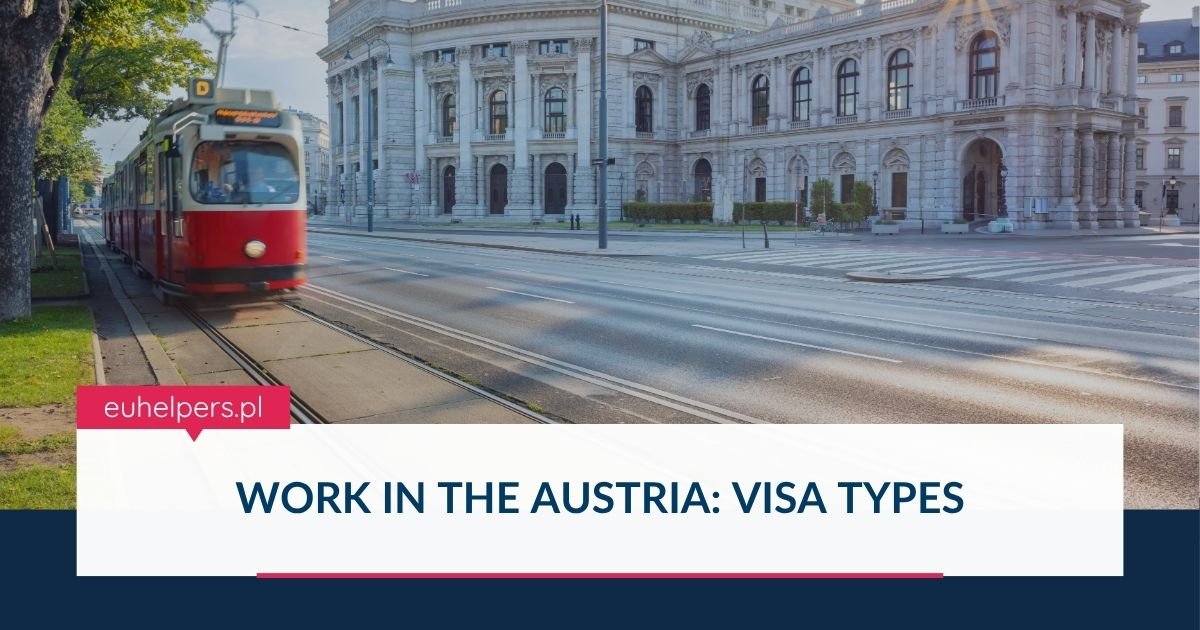Austria is a popular destination for skilled professionals, students, and job seekers looking to build a future in Europe. To accommodate the diverse needs of foreigners, the country offers several types of visas and residence permits. These range from short-term tourist visas to long-term work and residence options. Here’s a detailed overview of the most common Austrian visa types:
1. Red-White-Red Card
The Red-White-Red Card is Austria’s primary residence and work permit designed for skilled professionals from non-EU countries. It aims to attract qualified workers in sectors facing labor shortages. This permit covers several categories, including:
-
Skilled workers in shortage occupations
-
Other key workers
-
Graduates of Austrian universities
-
Very highly qualified professionals
-
Self-employed key workers and start-up founders
-
Seasonal workers in specific industries
This card allows individuals to live and work in Austria for a set period, typically linked to a specific employer.
2. EU Blue Card
Targeted at highly qualified academics from non-EU countries, the EU Blue Card provides both residence and work rights in Austria. It serves as a pathway to long-term settlement and, eventually, permanent residency. Applicants must meet strict criteria, including proof of higher education and a valid job offer with a minimum salary threshold.
3. Job Seeker Visa
Austria’s Job Seeker Visa offers highly qualified individuals a chance to enter the country for up to six months to look for employment. To qualify, applicants must score at least 70 points based on a set of criteria, including educational background, work experience, language proficiency, and age. This visa does not allow immediate employment but offers a path to apply for a Red-White-Red Card once a job is secured.
4. Visa C (Short-Stay Visa)
Visa C is a Schengen short-stay visa that permits travelers to stay in Austria for up to 90 days within a 180-day period. It is primarily issued for tourism, business trips, family visits, or participation in short courses. However, it does not permit any form of gainful employment.
5. Visa D (Long-Stay Visa)
This long-stay visa allows foreign nationals to reside in Austria for more than 90 days, up to a maximum of six months. It can be used for work, education, or family reunification. In some cases, it serves as a stepping stone for applying for a residence permit.
6. Other Visa Options
Austria also provides a range of other visa types, including:
-
Student Visas for those pursuing academic studies
-
Business Visas for entrepreneurs or those attending conferences and trade fairs
-
Transit Visas for travelers passing through Austria on their way to another destination
Whether you’re a skilled worker, academic, student, or job seeker, Austria’s visa system offers several pathways to explore opportunities in the country. Choosing the right visa depends on your qualifications, purpose of stay, and long-term plans within the European Union.

